Usefulness of an Urban Growth Model in Creating Scenarios for City Resilience Planning: An End-User Perspective
Abstract
1. Introduction
2. Materials and Method
2.1. Study Area and End-User Selection
2.2. Urban Growth Modelling Process
2.3. Experimental Design and Implementation
2.4. Primary Data Collection and Assessment of Usefulness
3. Results
3.1. Levels of Detail
3.2. Data Quality
3.3. Transparency
3.4. Flexibility
3.5. Reliability/Plausibility
3.6. Value for Communication
4. Discussion
4.1. Overall Usefulness of the PSS
4.2. Prospects and Challenges with the Modelling and PSS
4.3. Reflection on the Collaboration Process and Tools
5. Conclusions
Author Contributions
Funding
Data Availability Statement
Acknowledgments
Conflicts of Interest
References
- Hewitt, R.; van Delden, H.; Escobar, F. Participatory land use modelling, pathways to an integrated approach. Environ. Model. Softw. 2014, 52, 149–165. [Google Scholar] [CrossRef]
- Rifat SA, A.; Liu, W. Predicting future urban growth scenarios and potential urban flood exposure using Artificial Neural Network-Markov Chain model in Miami Metropolitan Area. Land Use Policy 2022, 114, 105994. [Google Scholar] [CrossRef]
- Klosterman, R.E.; Pettit, C.J. An Update on Planning Support Systems. Environ. Plan. B Plan. Des. 2005, 32, 477–484. [Google Scholar] [CrossRef]
- Li, X.; Gong, P. Urban growth models: Progress and perspective. Sci. Bull. 2016, 61, 1637–1650. [Google Scholar] [CrossRef]
- Agyemang, F.S.K.; Silva, E. Simulating the urban growth of a predominantly informal Ghanaian city-region with a cellular automata model: Implications for urban planning and policy. Appl. Geogr. 2019, 105, 15–24. [Google Scholar] [CrossRef]
- Lin, J.; Huang, B.; Chen, M.; Huang, Z. Modeling urban vertical growth using cellular automata—Guangzhou as a case study. Appl. Geogr. 2014, 53, 172–186. [Google Scholar] [CrossRef]
- Kamusoko, C.; Aniya, M.; Adi, B.; Manjoro, M. Rural sustainability under threat in Zimbabwe—Simulation of future land use/cover changes in the Bindura district based on the Markov-cellular automata model. Appl. Geogr. 2009, 29, 435–447. [Google Scholar] [CrossRef]
- Martellozzo, F.; Amato, F.; Murgante, B.; Clarke, K.C. Modelling the impact of urban growth on agriculture and natural land in Italy to 2030. Appl. Geogr. 2018, 91, 156–167. [Google Scholar] [CrossRef]
- Xia, C.; Zhang, A.; Wang, H.; Liu, J. Delineating early warning zones in rapidly growing metropolitan areas by integrating a multiscale urban growth model with biogeography-based optimization. Land Use Policy 2020, 90, 104332. [Google Scholar] [CrossRef]
- Dinda, S.; Das Chatterjee, N.; Ghosh, S. An integrated simulation approach to the assessment of urban growth pattern and loss in urban green space in Kolkata, India: A GIS-based analysis. Ecol. Indic. 2021, 121, 107178. [Google Scholar] [CrossRef]
- Zhou, Y.; Huang, B.; Wang, J.; Chen, B.; Kong, H.; Norford, L. Climate-Conscious Urban Growth Mitigates Urban Warming: Evidence from Shenzhen, China. Environ. Sci. Technol. 2019, 53, 11960–11968. [Google Scholar] [CrossRef] [PubMed]
- Deilami, K.; Kamruzzaman, M. Modelling the urban heat island effect of smart growth policy scenarios in Brisbane. Land Use Policy 2017, 64, 38–55. [Google Scholar] [CrossRef]
- Geertman, S.; Stillwell, J. Planning support science: Developments and challenges. Environ. Plann. 2020, 47, 1326–1342. [Google Scholar] [CrossRef]
- Pettit, C.; Bakelmun, A.; Lieske, S.N.; Glackin, S.; Hargroves, K.; Thomson, G.; Shearer, H.; Dia, H.; Newman, P. Planning support systems for smart cities. City Cult. Soc. 2018, 12, 13–24. [Google Scholar] [CrossRef]
- Jiang, H.; Geertman, S.; Witte, P. Ignorance is bliss? An empirical analysis of the determinants of PSS usefulness in practice. Comput. Environ. Urban Syst. 2020, 83, 101505. [Google Scholar] [CrossRef]
- Te Brömmelstroet, M.; Curtis, C.; Larsson, A.; Milakis, D. Strengths and weaknesses of accessibility instruments in planning practice: Technological rules based on experiential workshops. Eur. Plan. Stud. 2016, 24, 1175–1196. [Google Scholar] [CrossRef]
- Pelzer, P. Usefulness of planning support systems: A conceptual framework and an empirical illustration. Transp. Res. Part A Policy Pract. 2017, 104, 84–95. [Google Scholar] [CrossRef]
- Russo, P.; Lanzilotti, R.; Costabile, M.F.; Pettit, C.J. Towards satisfying practitioners in using Planning Support Systems. Comput. Environ. Urban Syst. 2018, 67, 9–20. [Google Scholar] [CrossRef]
- Vonk, G.; Geertman, S.; Schot, P. Bottlenecks Blocking Widespread Usage of Planning Support Systems. Environ. Plan. A Econ. Space 2005, 37, 909–924. [Google Scholar] [CrossRef]
- Debnath, R.; Pettit, C.; Leao, S.Z.; Lock, O. The Role of Technology Tools to Support Geodesign in Resilience Planning. In Urban Informatics and Future Cities; Geertman, S.C.M., Pettit, C., Goodspeed, R., Staffans, A., Eds.; Springer International Publishing: Cham, Switzerland, 2021. [Google Scholar]
- Rzeszewski, M.; Kotus, J. Usability and usefulness of internet mapping platforms in participatory spatial planning. Appl. Geogr. 2019, 103, 56–69. [Google Scholar] [CrossRef]
- Slotterback, C.S.; Runck, B.; Pitt, D.G.; Kne, L.; Jordan, N.R.; Mulla, D.J.; Zerger, C.; Reichenbach, M. Collaborative Geodesign to advance multifunctional landscapes. Landsc. Urban Plann. 2016, 156, 71–80. [Google Scholar] [CrossRef]
- Pettit, C.J.; Hawken, S.; Ticzon, C.; Leao, S.Z.; Afrooz, A.E.; Lieske, S.N.; Canfield, T.; Ballal, H.; Steinitz, C. Breaking down the silos through geodesign—Envisioning Sydney’s urban future. Environ. Plann. 2019, 46, 1387–1404. [Google Scholar] [CrossRef]
- Pettit, C.J. Use of a collaborative GIS-based planning-support system to assist in formulating a sustainable-development scenario for Hervey Bay, Australia. Environ. Plan. B Plan. Des. 2005, 32, 523–545. [Google Scholar] [CrossRef]
- Afrooz, A.; Ballal, H.; Pettit, C. Implementing augmented reality sandbox in geodesign: A future for geodesign. ISPRS Ann. Photogramm. Remote Sens. Spat. Inf. Sci. 2018, IV-4, 5–12. [Google Scholar] [CrossRef]
- Kuby, M.; Bailey, K.; Wei, F.; Fowler, J.; Tong, D.; Zhong, Q.; Lopez, O.; Sheaffer, W. Collaborative geodesign for alternative-fuel station location using “collablocation” software. In Transportation Research Record; SAGE Publications Ltd.: New York, NY, USA, 2018; Volume 2672, pp. 98–108. [Google Scholar]
- Triantakonstantis, D.; Mountrakis, G. Urban Growth Prediction: A Review of Computational Models and Human Perceptions. J. Geogr. Inf. Syst. 2012, 4, 555–587. [Google Scholar] [CrossRef]
- Castella, J.-C.; Trung, T.N.; Boissau, S. Participatory Simulation of Land-Use Changes in the Northern Mountains of Vietnam: The Combined Use of an Agent-Based Model, a Role-Playing Game, and a Geographic Information System. Ecol. Soc. 2005, 10, 32. [Google Scholar] [CrossRef]
- Walz, A.; Lardelli, C.; Behrendt, H.; Grêt-Regamey, A.; Lundström, C.; Kytzia, S.; Bebi, P. Participatory scenario analysis for integrated regional modelling. Landsc. Urban Plan. 2007, 81, 114–131. [Google Scholar] [CrossRef]
- Johnston, R.A.; McCoy, M.; Kirn, M.; Fell, M. Streamlining the national environmental policy act process through cooperative local-state-federal transportation and land use planning. Transp. Res. Rec. 2004, 1880, 135–143. [Google Scholar] [CrossRef]
- Falah, N.; Karimi, A.; Harandi, A.T. Urban growth modeling using cellular automata model and AHP (case study: Qazvin city). Model. Earth Syst. Environ. 2020, 6, 235–248. [Google Scholar] [CrossRef]
- Yeh, A.G.O.; Li, X.; Xia, C. Cellular Automata Modeling for Urban Regional Planning. In Urban Informatics; Shi, W., Goodchild, M.F., Batty, M., Kwan, M.-P., Zhang, A., Eds.; Springer: Singapore, 2021; pp. 865–883. [Google Scholar]
- Punt, E.P.; Geertman SC, M.; Afrooz, A.E.; Witte, P.A.; Pettit, C.J. Life is a scene and we are the actors: Assessing the usefulness of planning support theatres for smart city planning. Comput. Environ. Urban Syst. 2020, 82, 12. [Google Scholar] [CrossRef]
- City of Sydney. Resilient Sydney: A Strategy for City Resilience; City of Sydney: Sydney, Australia, 2018.
- NSW EPA. EPA Climate Change Policy; EPA 2023P4264; NSW Environment Protection Authority (EPA): Parramatta, Australia, 2023. Available online: https://www.epa.nsw.gov.au/-/media/epa/corporate-site/resources/climate-change/23p4264-climate-change-policy.pdf (accessed on 29 April 2023).
- Liolis, O.; Sirakoulis, G.C.; Adamatzky, A. Conway’s Game of Life in Quantum-dot Cellular Automata. Microelectron. J. 2021, 109, 104972. [Google Scholar] [CrossRef]
- Silva, E.A.; Clarke, K.C. Calibration of the SLEUTH urban growth model for Lisbon and Porto, Portugal. Comput. Environ. Urban Syst. 2002, 26, 525–552. [Google Scholar] [CrossRef]
- Van Delden, H.; Escudero, J.C.; Uljee, I.; Engelen, G. METRONAMICA: A Dynamic Spatial Land Use Model Applied to Vitoria-Gasteiz; Paper presented at the Virtual Seminar of the MILES Project; Institute of Town Planners Sri Lanka: Vitoria-Gasteiz, Spain, 2005. [Google Scholar]
- Van Delden, H.; Hurkens, J. A generic Integrated Spatial Decision Support System for urban and regional planning. In Proceedings of the MODSIM 2011, Perth, Australia, 12–16 December 2011. [Google Scholar]
- Kim, D.; Batty, M. Calibrating Cellular Automata Models for Simulating Urban Growth: Comparative Analysis of SLEUTH and Metronamica. In UCL Working Papers Series; Paper 176; UCL Centre for Advanced Spatial Analysis: London, UK, 2011; pp. 1–38. [Google Scholar]
- Van Delden, H.; McDonald, G.; Shi Y-e Hurkens, J.; van Vliet, J.; van den Belt, M. Integrating socio-economic and land-use models to support urban and regional planning. In Proceedings of the AGILE 2011, Utrecht, The Netherlands, 18–22 April 2011. [Google Scholar]
- García-Álvarez, D.; Pettit, C.J.; Leao, S.Z.; Van Delden, H. Setting up a Land Use Cover Change model application for Greater Sydney Lessons learnt challenges ahead. In Mapping and Forecasting Land Use; Pereira, P., Gomes, E., Rocha, J., Eds.; Elsevier: Amsterdam, The Netherlands, 2022; Chapter 10; pp. 223–242. [Google Scholar]
- DPE. NSW Landuse 2007, 3rd ed.; Department of Planning and Environment (DPE): Sydney, Australia, 2010. Available online: https://datasets.seed.nsw.gov.au/dataset/nsw-landuseac11c (accessed on 13 February 2019).
- ABARES. Catchment Scale Land Use of Australia—Update December 2020; Australian Bureau of Agricultural and Resource Economics and Sciences: Canberra, Australia, 2021. Available online: https://www.agriculture.gov.au/abares/aclump/catchment-scale-land-use-of-australia-update-december-2020 (accessed on 15 April 2021).
- RIKS. Metronamica Documentation. Maastricht: Research Institute for Knowledge Systems (RIKS). 2013. Available online: www.riks.nl/resources/documentation/Metronamica%20documentation.pdf (accessed on 11 April 2020).
- EROS. USGSEROSArchive—Digital Elevation—Shuttle Radar Topography Mission (SRTM) 1 Arc-Second Global; Publication no 105066/F7PR7TFT; U.S. Geological Survey’s Earth Resources Observation and Science (EROS) Center: Sioux Falls, SD, USA, 2018. Available online: https://www.usgs.gov/centers/eros/science/usgs-eros-archive-digital-elevation-shuttle-radar-topography-mission-srtm-1-arc?qt-science_center_objects=0#qt-science_center_objects (accessed on 19 July 2021).
- Liang, X.; Liu, X.; Li, D.; Zhao, H.; Chen, G. Urban growth simulation by incorporating planning policies into a CA-based future land-use simulation model. Int. J. Geogr. Inf. Sci. 2018, 32, 2294–2316. [Google Scholar] [CrossRef]
- Hagen-Zanker, A.; Lajoie, G. Neutral models of landscape change as benchmarks in the assessment of model performance. Landsc. Urban Plan. 2008, 86, 284–296. [Google Scholar] [CrossRef]
- Monserud, R.A.; Leemans, R. Comparing global vegetation maps with the Kappa statistic. Ecol. Model. 1992, 62, 275–293. [Google Scholar] [CrossRef]
- Hagen-Zanker, A. An improved Fuzzy Kappa statistic that accounts for spatial autocorrelation. Int. J. Geogr. Inf. Sci. 2009, 23, 61–73. [Google Scholar] [CrossRef]
- DPE. Western Sydney Aerotropolis Precinct Plan; NSW, Department of Planning and Environment: Parramatta, Australia, 2022. Available online: https://www.planning.nsw.gov.au/-/media/Files/DPE/Plans-and-policies/Plans-for-your-area/Western-Sydney-Aerotropolis-Precinct-Plan-March-2022-final.pdf?la=en (accessed on 17 September 2022).
- TfNSW. Greater Sydney Services and Infrastructure Plan; Transport for NSW: Chippendale, Australia, 2018. Available online: https://future.transport.nsw.gov.au/sites/default/files/2022-06/greater_sydney_services_and_infrastructure_plan.pdf (accessed on 19 September 2020).
- Steinitz, C. A Framework for Geodesign: Changing Geography by Design, 1st ed.; ESRI Press: Redlands, CA, USA, 2012. [Google Scholar]
- Steiner, F.R.; Shearer, A.W. Geodesign-Changing the world, changing design. Landsc. Urban Plan. 2016, 156, 1–4. [Google Scholar] [CrossRef]
- Eikelboom, T.; Janssen, R.; Stewart, T.J. A spatial optimization algorithm for geodesign. Landsc. Urban Plann. 2015, 144, 10–21. [Google Scholar] [CrossRef]
- Gu, Y.; Deal, B.; Larsen, L. Geodesign processes and ecological systems thinking in a coupled human-environment context: An integrated framework for landscape architecture. Sustainability 2018, 10, 3306. [Google Scholar] [CrossRef]
- Foster, K. Geodesign parsed: Placing it within the rubric of recognized design theories. Landsc. Urban Plann. 2016, 156, 92–100. [Google Scholar] [CrossRef]
- Lock, O.; Bain, M.; Pettit, C. Towards the collaborative development of machine learning techniques in planning support systems—A Sydney example. Environ. Plan. B-Urban Anal. City Sci. 2021, 48, 484–502. [Google Scholar] [CrossRef]
- Smith, K.; Berry, R.; Clarke, L.E. Exploring the potential of Google Earth as a communication and engagement tool in collaborative Natural Flood Management planning. Geogr. J. 2020, 186, 171–185. [Google Scholar] [CrossRef]
- Perez, P.; Wickramasuriya, R.; Forehead, H.; Ramezani, F.; Barthélemy, J. Breaking away from trend-based analysis for regional modelling and planning. In Proceedings of the 22nd International Congress on Modelling and Simulation, Hobart, Australia, 3–8 December 2017. [Google Scholar]
- Guzman, L.A.; Escobar, F.; Peña, J.; Cardona, R. A cellular automata-based land-use model as an integrated spatial decision support system for urban planning in developing cities: The case of the Bogotá region. Land Use Policy 2020, 92, 104445. [Google Scholar] [CrossRef]
- Stanilov, K.; Batty, M. Exploring the Historical Determinants of Urban Growth Patterns through Cellular Automata. Trans. Gis 2011, 15, 253–271. [Google Scholar] [CrossRef]
- Fertner, C.; Jørgensen, G.; Nielsen, T.S. Land use scenarios for greater Copenhagen: Modelling the impact of the Fingerplan. J. Settl. Spat. Plan. 2012, 3, 50. [Google Scholar]
- Navarro Cerrillo, R.M.; Palacios Rodríguez, G.; Clavero Rumbao, I.; Lara, M.Á.; Bonet, F.J.; Mesas-Carrascosa, F.-J. Modeling major rural land-use changes using the GIS-based cellular automata metronamica model: The case of Andalusia (Southern Spain). ISPRS Int. J. Geo-Inf. 2020, 9, 458. [Google Scholar] [CrossRef]
- Sandelowski, M. Combining qualitative and quantitative sampling, data collection, and analysis techniques in mixed-method studies. Res. Nurs. Health 2000, 23, 246–255. [Google Scholar] [CrossRef]
- Brandao, E.; Adelfio, M.; Hagy, S.; Thuvander, L. Collaborative Pedagogy for Co-creation and Community Outreach: An Experience from Architectural Education in Social Inclusion Using the Miro Tool; Paper presented at the Advances in Human Dynamics for the Development of Contemporary Societies; Springer International Publishing: Cham, Switzerland, 2021. [Google Scholar]
- Zhou, L.; Dang, X.; Sun, Q.; Wang, S. Multi-scenario simulation of urban land change in Shanghai by random forest and CA-Markov model. Sustain. Cities Soc. 2020, 55, 102045. [Google Scholar] [CrossRef]
- Han, Y.; Jia, H. Simulating the spatial dynamics of urban growth with an integrated modeling approach: A case study of Foshan, China. Ecol. Model. 2017, 353, 107–116. [Google Scholar] [CrossRef]
- García-Álvarez, D.; Camacho Olmedo, M.T.; Van Delden, H.; Mas, J.-F.; Paegelow, M. Comparing the structural uncertainty and uncertainty management in four common Land Use Cover Change (LUCC) model software packages. Environ. Model. Softw. 2022, 153, 105411. [Google Scholar] [CrossRef]
- Prentice, I.C.; Liang, X.; Medlyn, B.E.; Wang, Y.-P. Reliable, robust and realistic: The three R’s of next-generation land-surface modelling. Atmos. Chem. Phys. 2015, 15, 5987–6005. [Google Scholar] [CrossRef]
- DasGupta, R.; Hashimoto, S.; Okuro, T. Basu, MScenario-based land change modelling in the Indian Sundarban delta: An exploratory analysis of plausible alternative regional futures. Sustain. Sci. 2019, 14, 221–240. [Google Scholar] [CrossRef]
- DPE. Sydney Housing Supply Forecast. 2022. Available online: https://www.planning.nsw.gov.au/Research-and-Demography/Sydney-Housing-Supply-Forecast (accessed on 22 September 2022).
- Debnath, R.; Pettit, C.; Leao, S.Z. Geodesign Approaches to City Resilience Planning: A Systematic Review. Sustainability 2022, 14, 938. [Google Scholar] [CrossRef]
- Neves, F.T.; de Castro Neto, M.; Aparicio, M. The impacts of open data initiatives on smart cities: A framework for evaluation and monitoring. Cities 2020, 106, 102860. [Google Scholar] [CrossRef]
- Horritt, M.S.; Bates, P.D. Effects of spatial resolution on a raster based model of flood flow. J. Hydrol. 2001, 253, 239–249. [Google Scholar] [CrossRef]
- van Oldenborgh, G.J.; Krikken, F.; Lewis, S.; Leach, N.J.; Lehner, F.; Saunders, K.R.; van Weele, M.; Haustein, K.; Li, S.; Wallom, D.; et al. Attribution of the Australian bushfire risk to anthropogenic climate change. Nat. Hazards Earth Syst. Sci. 2021, 21, 941–960. [Google Scholar] [CrossRef]
- PIA. Discussion Paper: Role of Planning in Adapting to a Changing Climate; ACT: Canberra, Australia, 2021; Available online: https://www.planning.org.au/documents/item/11209 (accessed on 10 March 2023).
- Volkery, A.; Ribeiro, T.; Henrichs, T.; Hoogeveen, Y. Your Vision or My Model? Lessons from Participatory Land Use Scenario Development on a European Scale. Syst. Pract. Action Res. 2008, 21, 459–477. [Google Scholar] [CrossRef]
- Falco, E.; Kleinhans, R. Beyond technology: Identifying local government challenges for using digital platforms for citizen engagement. Int. J. Inf. Manag. 2018, 40, 17–20. [Google Scholar] [CrossRef]
- Deal, B.; Sun, Z. A spatially explicit urban simulation model: Land use evolution impact assessment model (LEAM). In Smart Growth and Climate Change: Regional Development, Infrastructure and Adaptation; Ruth, M., Ed.; Edward Elgar: Northhampton, UK, 2006; pp. 181–203. [Google Scholar]
- Pettit, C.; Wentz, E.; Randolph, B.; Sanderson, D. Tackling the challenge of growing cities: An informed urbanisation approach. In Open Cities|Open Data; Hawken, S., Han, H., Pettit, C., Eds.; Palgrave Macmillan: Singapore, 2020; pp. 197–219. [Google Scholar]
- Jiang, H.; Geertman, S.; Witte, P. Smart urban governance: An alternative to technocratic “smartness”. GeoJournal 2020. [Google Scholar] [CrossRef]
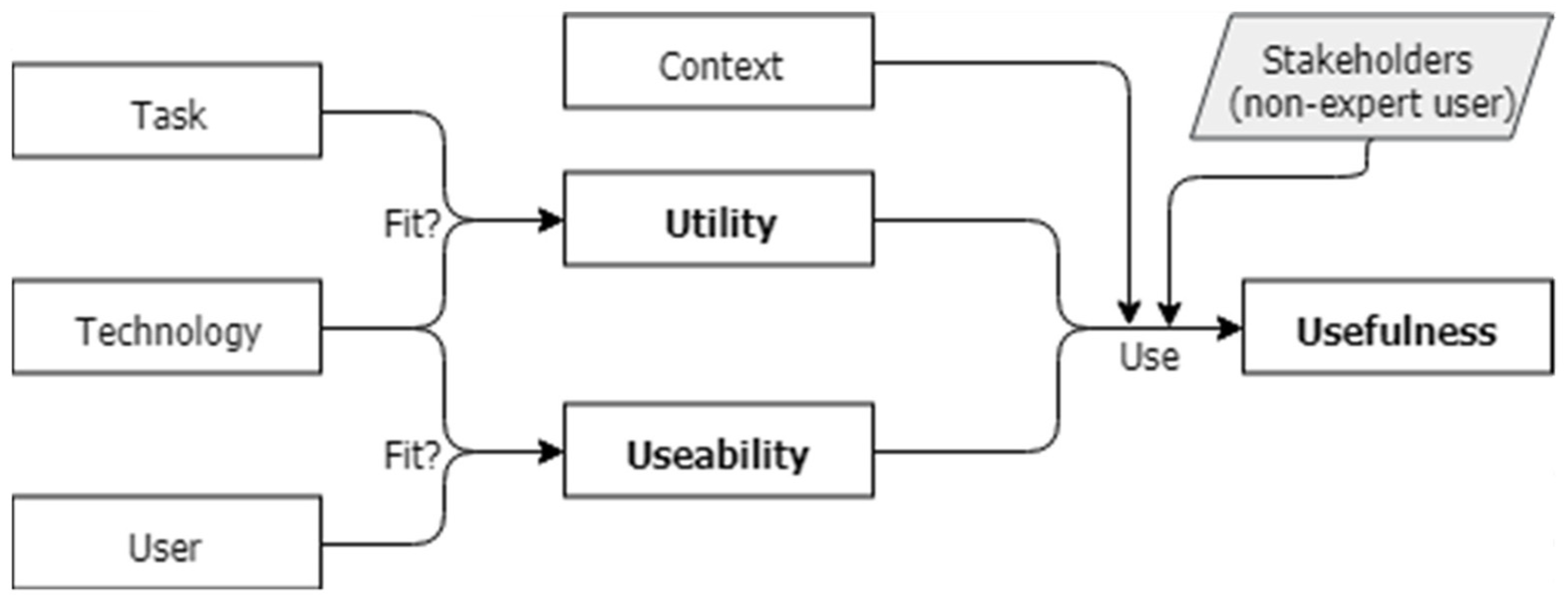
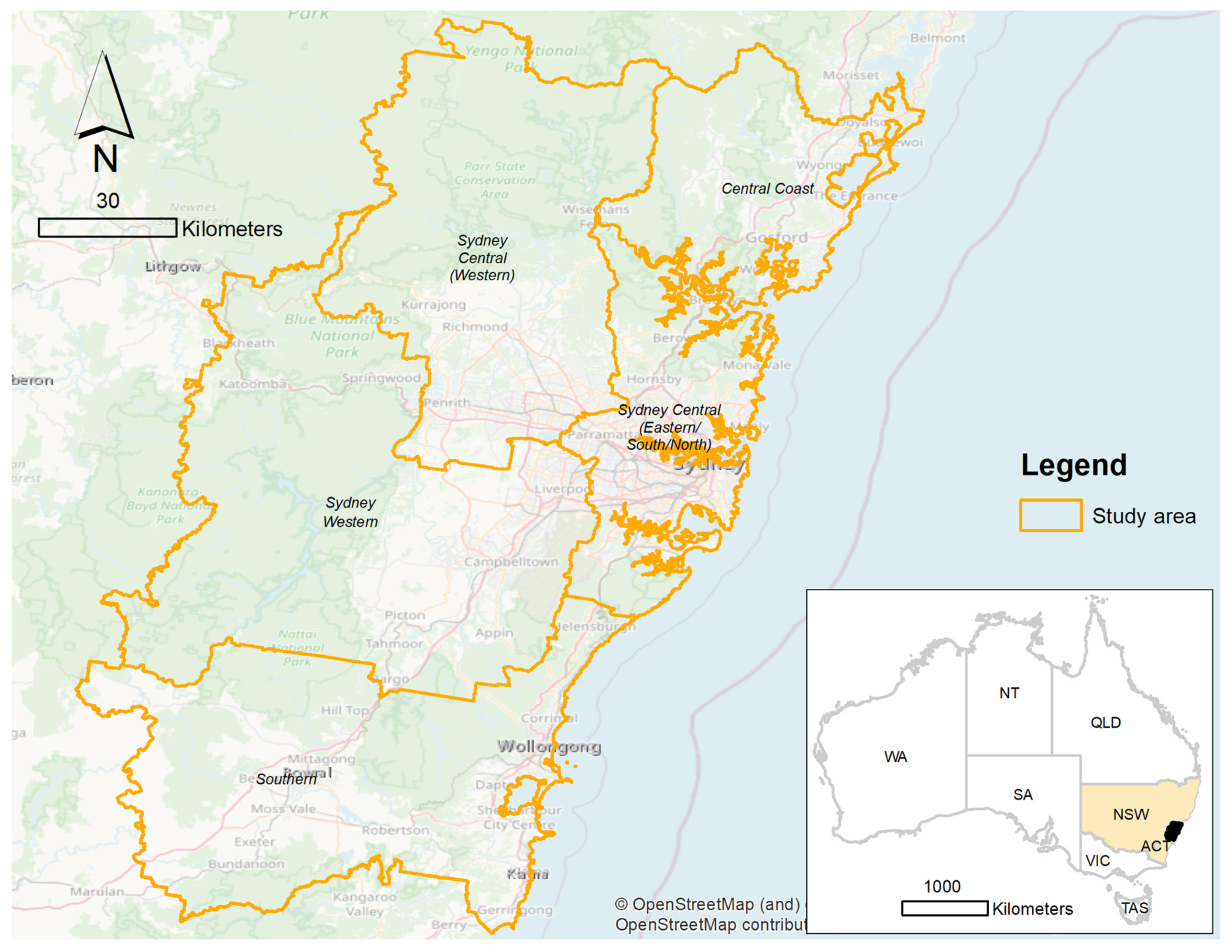
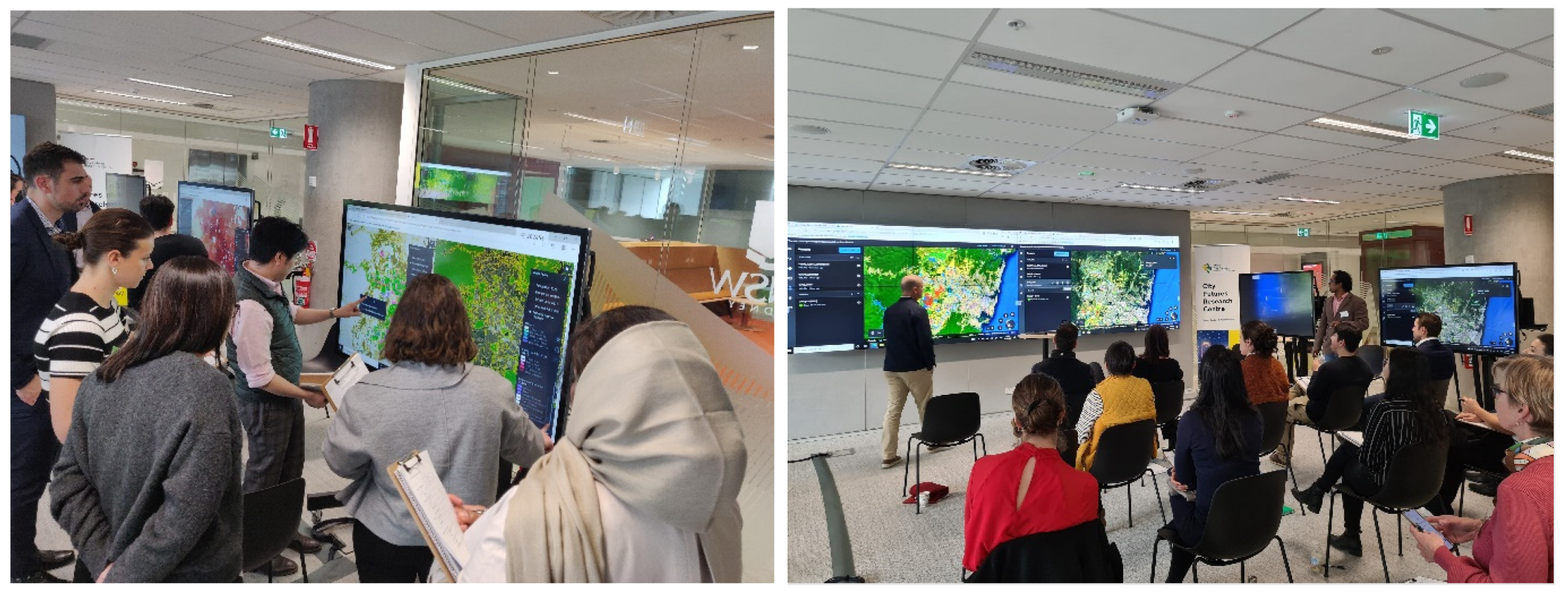
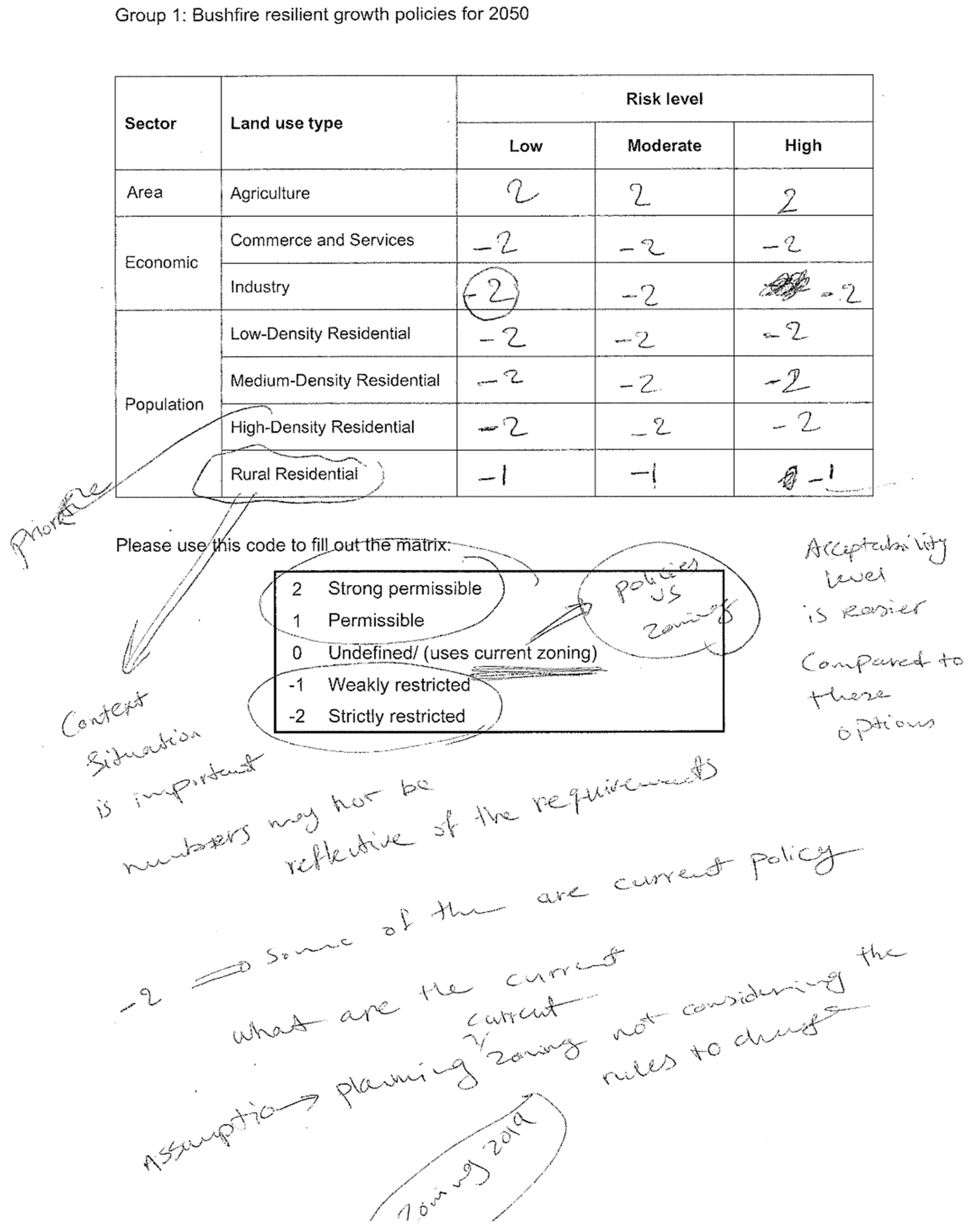
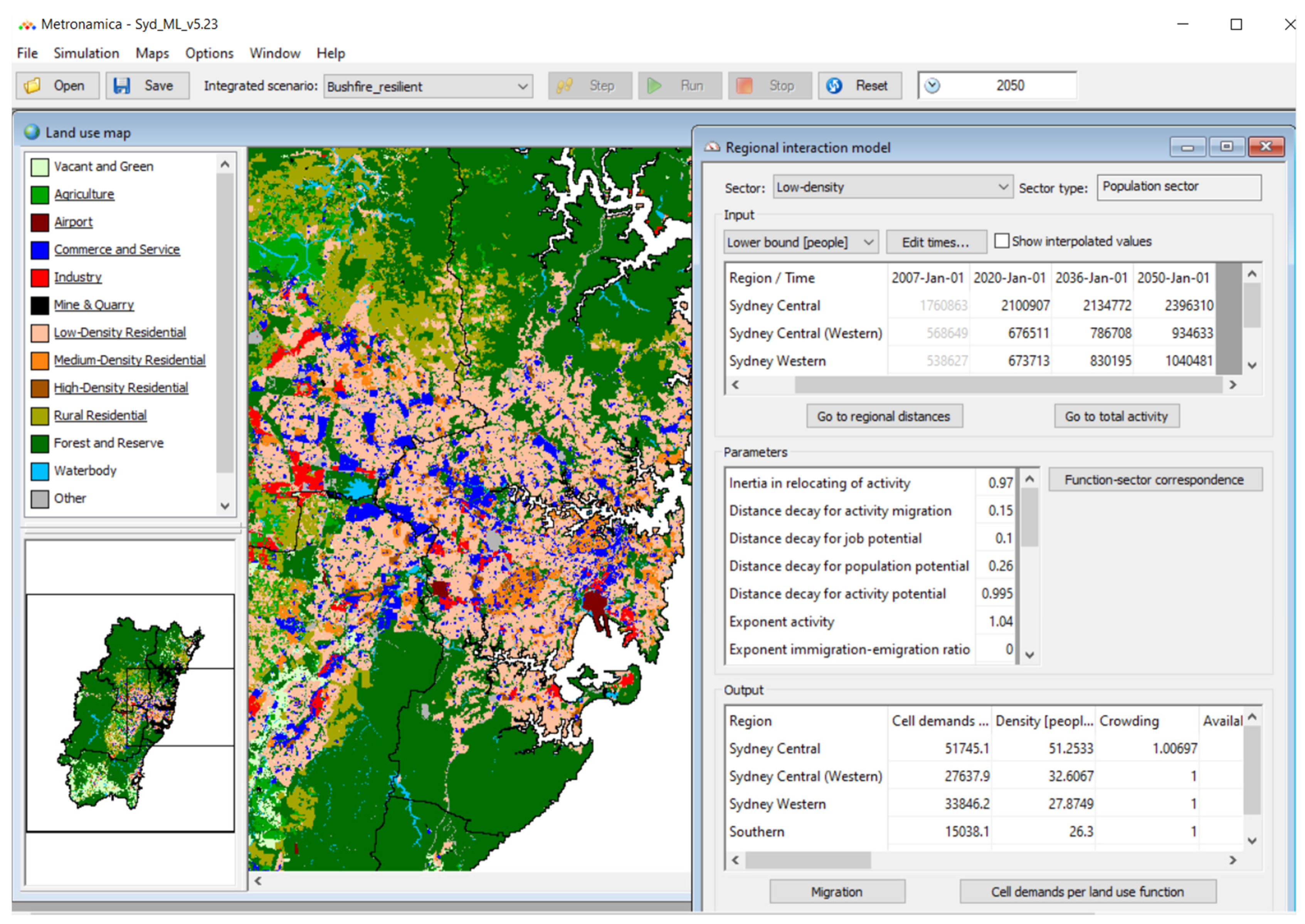

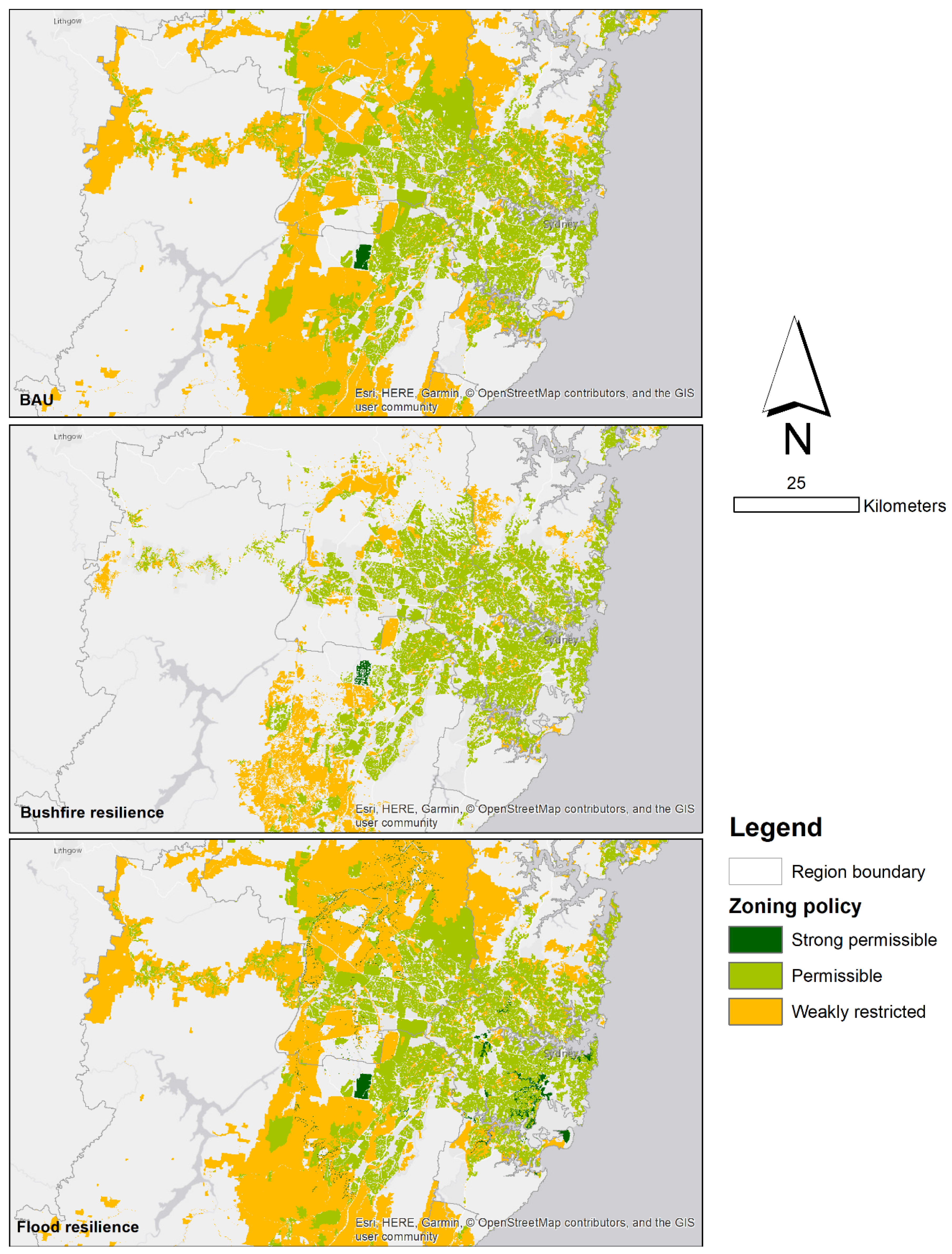
| Data Description | Data Custodian | Usage Detail by Process | |
|---|---|---|---|
| CA Modelling | Geodesign Activity | ||
|
| Configuration/setup | Representation models |
|
| Regional migration model | |
|
| Constraints | |
| Accessibility | ||
|
| Land use input/setup | Process models |
|
| Suitability | |
|
| Policy measure | |
|
| Spatial indicator | |
|
| - | |
|
| Regional migration model (2050) | Evaluation models |
|
| Accessibility (2050) | |
|
| Suitability | |
|
| Policy measure (2050) | |
|
| - | |
Disclaimer/Publisher’s Note: The statements, opinions and data contained in all publications are solely those of the individual author(s) and contributor(s) and not of MDPI and/or the editor(s). MDPI and/or the editor(s) disclaim responsibility for any injury to people or property resulting from any ideas, methods, instructions or products referred to in the content. |
© 2023 by the authors. Licensee MDPI, Basel, Switzerland. This article is an open access article distributed under the terms and conditions of the Creative Commons Attribution (CC BY) license (https://creativecommons.org/licenses/by/4.0/).
Share and Cite
Debnath, R.; Pettit, C.; Soundararaj, B.; Shirowzhan, S.; Jayasekare, A.S. Usefulness of an Urban Growth Model in Creating Scenarios for City Resilience Planning: An End-User Perspective. ISPRS Int. J. Geo-Inf. 2023, 12, 311. https://doi.org/10.3390/ijgi12080311
Debnath R, Pettit C, Soundararaj B, Shirowzhan S, Jayasekare AS. Usefulness of an Urban Growth Model in Creating Scenarios for City Resilience Planning: An End-User Perspective. ISPRS International Journal of Geo-Information. 2023; 12(8):311. https://doi.org/10.3390/ijgi12080311
Chicago/Turabian StyleDebnath, Ripan, Christopher Pettit, Balamurugan Soundararaj, Sara Shirowzhan, and Ajith Shamila Jayasekare. 2023. "Usefulness of an Urban Growth Model in Creating Scenarios for City Resilience Planning: An End-User Perspective" ISPRS International Journal of Geo-Information 12, no. 8: 311. https://doi.org/10.3390/ijgi12080311
APA StyleDebnath, R., Pettit, C., Soundararaj, B., Shirowzhan, S., & Jayasekare, A. S. (2023). Usefulness of an Urban Growth Model in Creating Scenarios for City Resilience Planning: An End-User Perspective. ISPRS International Journal of Geo-Information, 12(8), 311. https://doi.org/10.3390/ijgi12080311








